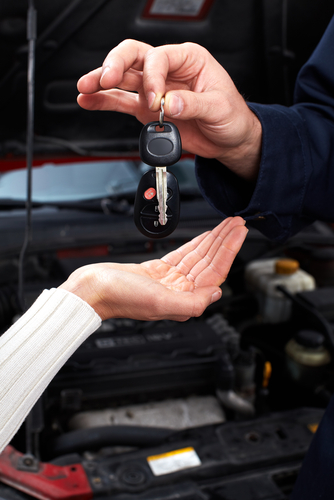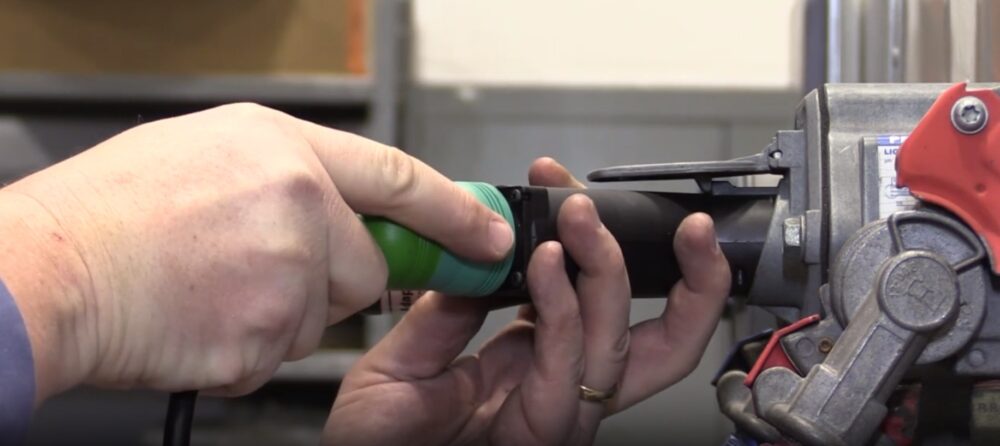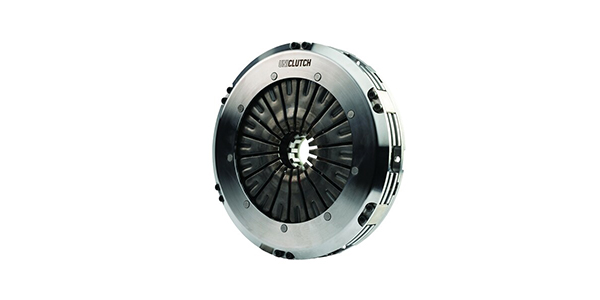
Question of Quality
Road-testing your customer’s vehicle after completing service and repair work is generally considered to be a good idea, for many reasons. Obviously it’s very important to verify the quality of your work to ensure customer satisfaction. However, validating the safety of the vehicle after work is complete can also help reduce your liability risks.
Safety Concerns
The safety factor deserves additional attention. Test-driving after completing work on brakes, tires, front end components and other safety-related parts helps to ensure that you are returning a fully functional vehicle to your customer. This is important not only from a safety standpoint, but also for “customer satisfaction” and quality control.
The worst-case scenario, from a loss prevention and public relations standpoint, would be to allow your customer to drive off in an unsafe vehicle that causes an accident. Protecting your customer and the public at large must be a primary concern for you as a business owner.
Designated Drivers
Once the decision is made to road-test a vehicle comes the critical question of “who drives?” And make no mistake, this is a critical question. Why is this critical? Vehicle accidents are the leading cause of workplace fatalities. You want to prevent auto accidents that can involve your business in litigation and have an adverse impact on your bottom line (reduced shop production, paying deductibles, increased insurance premiums, etc.). Make sure you know who is test-driving those vehicles. Merely knowing your technician “Steve” as a good employee is not sufficient. Some recommended “best practices” for determining who should be permitted to test drive vehicles include:
• Check and evaluate the MVR (motor vehicle record) of all employees who may operate customer vehicles. Never allow anyone to drive a customer-owned or company-owned vehicle prior to checking his or her MVR. Establish written criteria that define an acceptable driving record, and then apply it to your employees.
• Use only “approved” drivers to road-test vehicles — preferably managers, foremen and other long-term, trustworthy employees.
• Conduct annual reviews of MVRs — someone’s driving record can deteriorate quickly, and checking it at least once each year will determine if he or she should continue to be a test driver.
• Ensure that drivers can operate all vehicles safely, including those with manual transmissions or other unusual features.
Road Test Rules
Establish the ground rules for test drives. It isn’t enough to throw a set of keys to even a trusted individual and say “test-drive this car right away.” It’s important to provide direction to your employees and tell them what you expect them to do.
• Establish designated routes for road tests; if the vehicle breaks down, it will be easier to find it and the employee if you know the test-drive course.
• Routes should be all right-hand turns; avoid highly congested areas, dangerous intersections, construction and school zones; and use intersections controlled by traffic lights as opposed to stop signs.
• Drivers should be provided with some form of communication — either a cell phone or walkie-talkie — while they are away from the place of business.
• Drivers should receive at least basic information on what to do if they are involved in an accident. Placing an accident report form in their pocket (available from Zurich) would provide appropriate guidance in an emergency.
• Treat the customer’s car with respect. Protect seats and floorboards with disposable covers to avoid staining upholstery and floor mats.
• Use extra caution when designating drivers to road-test high-end autos, sports cars or “classics.”
• Do not road-test vehicles that are in obvious unsafe condition or unfit to drive. Review your current test-drive procedures and practices to determine if they are adequate.
Review your current test-drive procedures and practices to determine if they are adequate. Entrusting your customer’s vehicles to someone else is a matter that should not be taken lightly. Customer satisfaction, safety and your reputation are all behind the wheel of that vehicle.
Loss Prevention Information
For questions about this loss prevention topic, contact the Zurich Risk Engineering Department at 800-821-7803.
Not a customer?
For more information about Zurich’s products and Risk Engineering services, visit www.zurichna.com/automotive or call 800-840-8842 ext. 7449.
Already a customer?
Contact your Zurich Account Executive or agent for information about additional Zurich products and Risk Engineering services.
Disclaimer
The information in this publication was compiled from sources believed to be reliable for informational purposes only. All sample policies and procedures herein should serve as a guideline, which you can use to create your own policies and procedures. We trust that you will customize these samples to reflect your own operations and believe that these samples may serve as a helpful platform for this endeavor. Any and all information contained herein is not intended to constitute legal advice and accordingly, you should consult with your own attorneys when developing programs and policies. We do not guarantee the accuracy of this information or any results and further assume no liability in connection with this publication and sample policies and procedures, including any information, methods or safety suggestions contained herein. Moreover, Zurich reminds you that this cannot be assumed to contain every acceptable safety and compliance procedure or that additional procedures might not be appropriate under the circumstances. The subject matter of this publication is not tied to any specific insurance product nor will adopting these policies and procedures ensure coverage under any insurance policy.
©2012-2013 Zurich American Insurance Company


